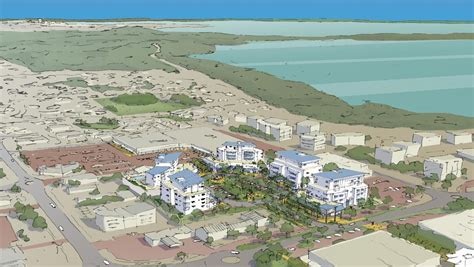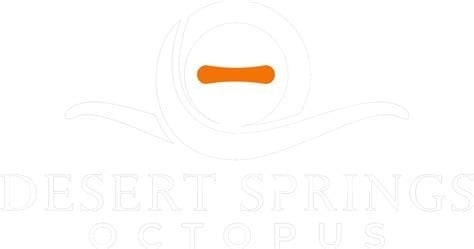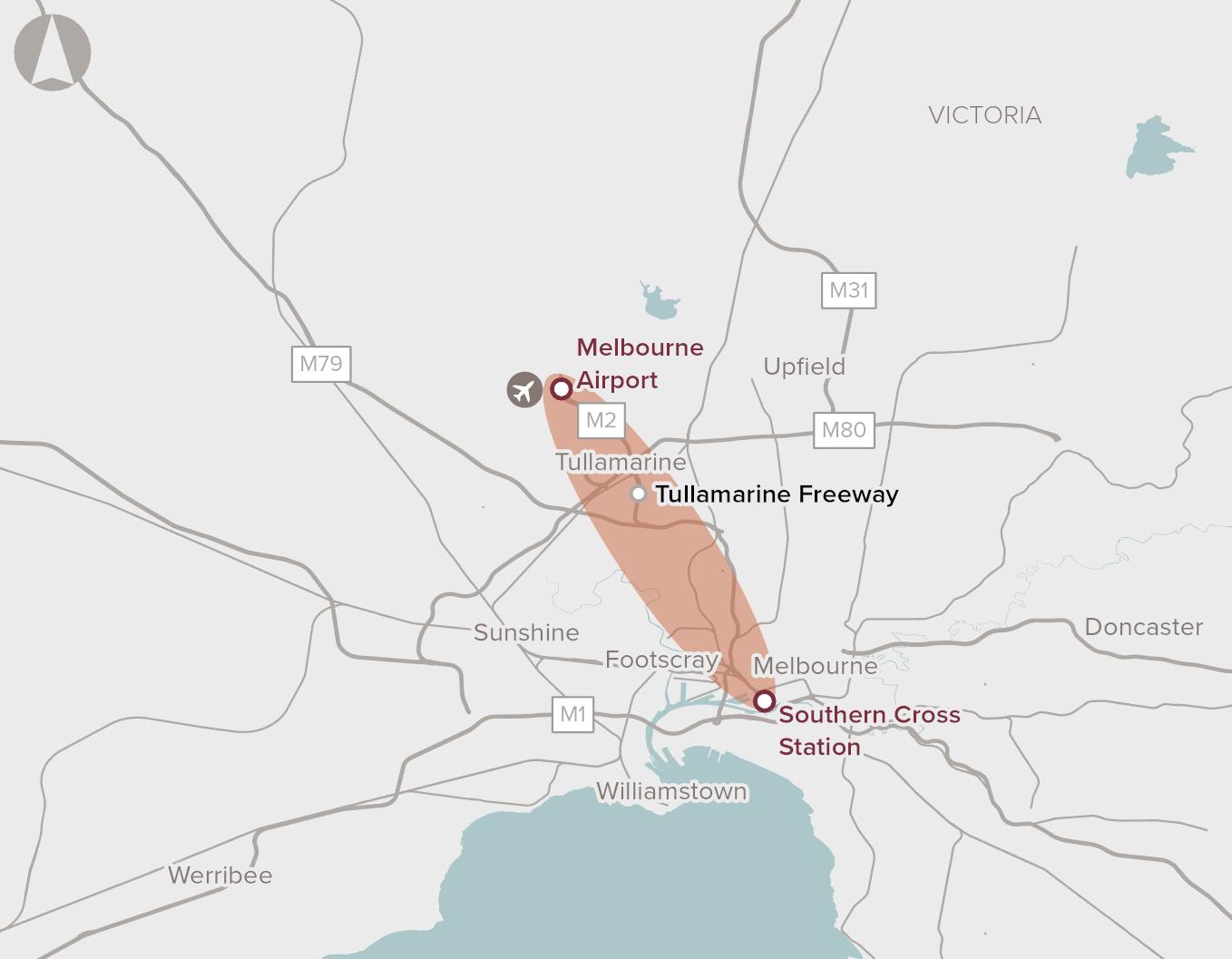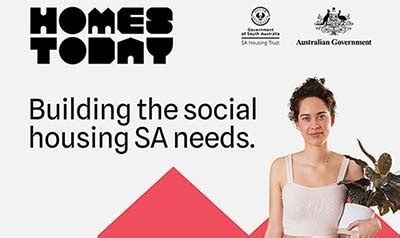Chart Color Schemes
est. as @ -- *
ABS ERP | -- people | --
2021 Census | -- people
Sales Activity
Curious about local property values? Filter the chart to assess the volume and appreciation (including resales) trends and regional comparisons, or scroll to the map below view this information at an individual property level.
Find a Recent Sale
Sales Detail
Population
Rapid Creek is positioned among the lower quartile of areas assessed nationally for population growth based on AreaSearch's assessment of recent, and medium term trends
Rapid Creek's population was 3,261 as of Aug 2021. By Aug 2025, it is around 3,408, an increase of 147 people (4.5%). This growth is inferred from the ABS estimated resident population in June 2024 and address validation since the Census date. The population density as of Aug 2025 is 1,775 persons per square kilometer, above the national average assessed by AreaSearch. Overseas migration contributed approximately 67.6% of overall population gains during recent periods.
AreaSearch uses ABS/Geoscience Australia projections for each SA2 area, released in 2024 with a base year of 2022. For areas not covered, growth rates by age cohort from the ABS Greater Capital Region projections (released in 2023, based on 2022 data) are applied. Projected demographic shifts indicate an above median population growth for national statistical areas. By 2041, Rapid Creek is projected to grow by 486 persons, a 14.3% increase over the 17 years.
Frequently Asked Questions - Population
Development
The level of residential development activity in Rapid Creek is very low in comparison to the average area assessed nationally by AreaSearch
Rapid Creek has averaged approximately two new dwelling approvals annually. Development approval data is produced by the Australian Bureau of Statistics on a financial year basis, with 13 dwellings approved over the past five financial years between FY20 and FY25. There have been zero approvals so far in FY26. The area's population decline has likely resulted in new supply keeping pace with demand, offering good choice to buyers.
New dwellings are developed at an average expected construction cost value of $500,000. In the current financial year, there have been $1.2 million in commercial approvals, indicating a predominantly residential focus. Compared to Greater Darwin, Rapid Creek records significantly lower building activity, 66.0% below the regional average per person. This limited new supply generally supports stronger demand and values for established dwellings. This is also below average nationally, reflecting the area's maturity and potentially pointing to possible planning constraints.
Recent development has been entirely comprised of detached dwellings, maintaining the area's traditional suburban character with a focus on family homes appealing to those seeking space. Developers are constructing more detached housing than the existing pattern implies, indicating persistent strong demand for family homes. The location has approximately 1412 people per dwelling approval, demonstrating an established market. Looking ahead, Rapid Creek is expected to grow by 486 residents through to 2041. Should current construction levels persist, housing supply could lag population growth, likely intensifying buyer competition and underpinning price growth.
Frequently Asked Questions - Development
Infrastructure
Rapid Creek has limited levels of nearby infrastructure activity, ranking in the 0thth percentile nationally
Changes in local infrastructure significantly impact an area's performance. AreaSearch has identified five projects likely to affect the area. Major initiatives include Social Housing Accelerator Payment (SHAP) for Greater Darwin/Nightcliff, Nightcliff Police Station, CDU - Centre for Better Health Futures, and John Stokes Square Redevelopment. Relevant projects are listed below.
Professional plan users can use the search below to filter and access additional projects.
INFRASTRUCTURE SEARCH
Frequently Asked Questions - Infrastructure
Middle Arm Sustainable Development Precinct
Massive $1.5 billion sustainable industrial precinct across 1,500 hectares. Focus on renewable hydrogen, carbon capture, advanced manufacturing and minerals processing. Expected to create 20,000 jobs and transform NT economy. Joint Australian and NT Government project.

Royal Darwin Hospital (RDH) Mental Health Inpatient Unit and CSSD upgrades
Three-storey mental health facility on the RDH campus delivering 24 beds (18 inpatient + 6-bed Stabilisation Assessment and Referral Area) connected to the Emergency Department by an enclosed elevated walkway, plus upgrades to the Central Services Sterilisation Department. Managing Contractor: Sitzler. Architects: Ashford Architects (now Ashford Lamaya). Construction commenced 2023 and is tracking toward completion in 2025.

John Stokes Square Redevelopment
The Nightcliff area in Northern Territory is undergoing redevelopment, with works in the John Stokes Square already underway. The redevelopment will feature a 24 Hour Police Station, specifically designed public housing including for seniors and people living with disabilities, a pedestrian-friendly link between the Nightcliff Village and Nightcliff Shopping Centre, open space and the expansion of local services. The construction of these important amenities will create more than 250 local jobs over the lifetime of the project.

Nightcliff Police Station
New build police facility delivered as part of the John Stokes Square redevelopment. The 24/7 station provides patrol capacity, muster and interview rooms, community space, breakout areas, weapons and evidence storage, car parking and secured perimeter. Architectural facia references Nightcliff Foreshore colours. Construction commenced in 2020 and completion occurred in 2021.

Desert Springs Octopus Renewable Energy Program
Majority Indigenous-owned developer pursuing a near-term pipeline of grid-connected solar and battery projects along the Darwin-Katherine Electricity System, with potential to expand into wind and green hydrogen. Partnership includes Octopus Australia with Larrakia Nation and Jawoyn Association to deliver utility-scale renewable energy and community benefit sharing.

Marine Industry Park
Marine and offshore industries servicing hub at East Arm, Darwin. Stage 1 planning approval is secured for a purpose-built industrial subdivision near the new Darwin Ship Lift, with expressions of interest open for serviced lots. Existing common-user facilities include an all-tide barge ramp (first point of entry) and a secure hardstand supporting storage and fabrication activities.

Hudson Creek Power Station
12MW natural gas-fired power plant, NT's first privately owned grid-connected gas generation facility. Features 25% lower emissions than average NT gas generators. Part of dual project with Batchelor Solar Farm, creating 162 construction jobs and providing vital grid stability to Darwin-Katherine network.

Social Housing Accelerator Payment (SHAP) - Greater Darwin / Nightcliff
Commonwealth-funded SHAP program delivering up to 100 new social and accessible homes across Greater Darwin, Katherine, Tennant Creek and Alice Springs. In Darwin's northern suburbs (including around Nightcliff), the NT Government commenced works in October 2024 with the first eight homes on vacant lots in Rapid Creek, Tiwi and Wanguri. Homes are being built to adaptable standards to better suit local climate and accessibility needs.

Employment
Employment conditions in Rapid Creek rank among the top 10% of areas assessed nationally
Rapid Creek has an educated workforce with prominent representation in essential services sectors. Its unemployment rate is 1.8%, lower than the national average of 4.5%.
Over the past year, employment grew by 2.8% while unemployment remained stable. As of June 2025, 2,202 residents are employed, with an unemployment rate of 1.2% below Greater Darwin's rate of 3.0%, and workforce participation at 75.7%. Key industries of employment include health care & social assistance, public administration & safety, and education & training. Health care & social assistance is particularly strong, with an employment share 1.5 times the regional level.
However, public administration & safety has limited presence at 15.0% compared to the regional average of 19.5%. The area offers limited local employment opportunities, indicated by the discrepancy between Census working population and resident population. In the 12-month period ending June 2025, employment increased by 2.8% while labour force grew by 2.9%, with unemployment remaining unchanged. Meanwhile, Greater Darwin experienced employment growth of 2.9%. State-level data to Sep-25 shows NT employment grew by 1.0% year-on-year, adding 1,710 jobs, with the state unemployment rate at 4.2%. National employment forecasts from May 2025 project growth of 6.6% over five years and 13.7% over ten years. Applying these projections to Rapid Creek's employment mix suggests local growth of approximately 7.0%% over five years and 14.6% over ten years, though this is a simple extrapolation for illustrative purposes only and does not account for localized population projections.
Frequently Asked Questions - Employment
Income
The economic profile demonstrates exceptional strength, placing the area among the top 10% nationally based on comprehensive AreaSearch income analysis
Rapid Creek's income level is extremely high nationally according to latest ATO data aggregated by AreaSearch for financial year 2022. Rapid Creek's median income among taxpayers was $73,694 and the average income stood at $85,824. This compares to figures for Greater Darwin of $65,522 and $75,260 respectively. Based on Wage Price Index growth of 10.44% since financial year 2022, current estimates would be approximately $81,388 (median) and $94,784 (average) as of March 2025. Census data reveals household, family and personal incomes all rank highly in Rapid Creek, between the 79th and 92nd percentiles nationally. The largest segment comprises 35.8% earning $1,500 - $2,999 weekly (1,220 residents), aligning with the broader area where this cohort likewise represents 36.7%. A significant 32.6% earn above $3,000 weekly. Housing accounts for 14.0% of income while strong earnings rank residents within the 80th percentile for disposable income. The area's SEIFA income ranking places it in the 8th decile.
Frequently Asked Questions - Income
Housing
Rapid Creek features a more urban dwelling mix with significant apartment living, with a higher proportion of rental properties than the broader region
Rapid Creek's dwelling structure, as per the latest Census, consisted of 41.4% houses and 58.7% other dwellings (semi-detached, apartments, 'other' dwellings). This compares to Darwin metro's figures of 68.4% houses and 31.6% other dwellings. The home ownership rate in Rapid Creek was 19.0%, with mortgaged dwellings at 24.6% and rented ones at 56.4%. The median monthly mortgage repayment was $1,956, lower than Darwin metro's average of $2,028. The median weekly rent in Rapid Creek was $350, matching Darwin metro's figure but lower than the national average of $375. Nationally, Rapid Creek's mortgage repayments were higher than the Australian average of $1,863.
Frequently Asked Questions - Housing
Household Composition
Rapid Creek features high concentrations of group households and lone person households, with a lower-than-average median household size
Family households constitute 61.3 percent of all households, including 26.7 percent couples with children, 24.5 percent couples without children, and 8.9 percent single parent families. Non-family households comprise the remaining 38.7 percent, with lone person households at 30.0 percent and group households making up 8.4 percent of the total. The median household size is 2.4 people, which is smaller than the Greater Darwin average of 2.7 people.
Frequently Asked Questions - Households
Local Schools & Education
The educational profile of Rapid Creek exceeds national averages, with above-average qualification levels and academic performance metrics
Educational attainment in Rapid Creek is notably high, with 54.2% of residents aged 15 and above holding university qualifications. This compares to 27.3% in the Northern Territory (NT) and 30.4% in Australia overall. Bachelor degrees are most common at 28.7%, followed by postgraduate qualifications at 19.7% and graduate diplomas at 5.8%. Vocational pathways account for 23.5% of qualifications, with advanced diplomas at 8.6% and certificates at 14.9%.
Educational participation is also high, with 30.9% of residents currently enrolled in formal education. This includes 9.4% in tertiary education, 9.0% in primary education, and 6.5% pursuing secondary education. Rapid Creek's four schools have a combined enrollment of 1,360 students as of the latest data available. The area has above-average socio-educational conditions, with an ICSEA score of 1065. Educational mix includes one primary school, two secondary schools, and one K-12 school. Rapid Creek functions as an education hub, offering 39.9 school places per 100 residents, significantly above the regional average of 16.9, and attracts students from surrounding communities.
Frequently Asked Questions - Education
Schools Detail
Nearby Services & Amenities
Transport
Transport servicing is good compared to other areas nationally based on assessment of service frequency, route connectivity and accessibility
Rapid Creek has 15 operational public transport stops. These are served by a total of 28 bus routes, offering 1,935 weekly passenger trips combined. The area's transport accessibility is considered good, with residents situated an average of 235 meters from the nearest stop.
On average, there are 276 daily trips across all routes, equating to around 129 weekly trips per individual stop.
Frequently Asked Questions - Transport
Transport Stops Detail
Health
Rapid Creek's residents boast exceedingly positive health performance metrics with very low prevalence of common health conditions across all age groups
Rapid Creek demonstrates excellent health outcomes with a very low prevalence of common health conditions across all age groups. Approximately 63% of its total population of 2,157 people have private health cover, compared to Greater Darwin's 56.7%. Nationally, the average is 55.3%.
The most prevalent medical conditions in Rapid Creek are mental health issues (6.7%) and asthma (5.4%), with 78.4% of residents reporting no medical ailments. This compares to 77.0% across Greater Darwin. As of 2,150 people (10.6%), Rapid Creek's population aged 65 and over is lower than Greater Darwin's 12.3%. Despite this, seniors' health outcomes in Rapid Creek are strong and align with the general population's health profile.
Frequently Asked Questions - Health
Cultural Diversity
Rapid Creek is among the most culturally diverse areas in the country based on AreaSearch assessment of a range of language and cultural background related metrics
Rapid Creek has high cultural diversity, with 34.4% of its population born overseas and 29.3% speaking a language other than English at home. Christianity is the main religion in Rapid Creek, comprising 29.3%. Hinduism is overrepresented compared to Greater Darwin, making up 9.1% versus 5.1%.
The top three ancestry groups are English (21.4%), Australian (19.9%), and Other (15.9%). Notably, French (1.0%) and Indian (4.5%) ethnicities are overrepresented compared to regional averages of 0.5% and 3.2%, respectively.
Frequently Asked Questions - Diversity
Age
Rapid Creek's population is younger than the national pattern
Rapid Creek's median age is 35 years, comparable to Greater Darwin's average of 34 and marginally lower than the national average of 38. Relative to Greater Darwin, Rapid Creek has a higher concentration of residents aged 25-34 (24.0%) but fewer residents aged 5-14 (9.9%). This 25-34 concentration is well above the national average of 14.5%. According to post-2021 Census data, the proportion of residents aged 25 to 34 has grown from 23.1% to 24.0%, while the proportion of those aged 5 to 14 has declined from 11.6% to 9.9%. Demographic modeling suggests Rapid Creek's age profile will evolve significantly by 2041. The strongest projected growth is in the 45-54 cohort, with a 26% increase adding 107 residents to reach 527. The 0-4 group shows more modest growth at 6%, adding only 12 residents.






